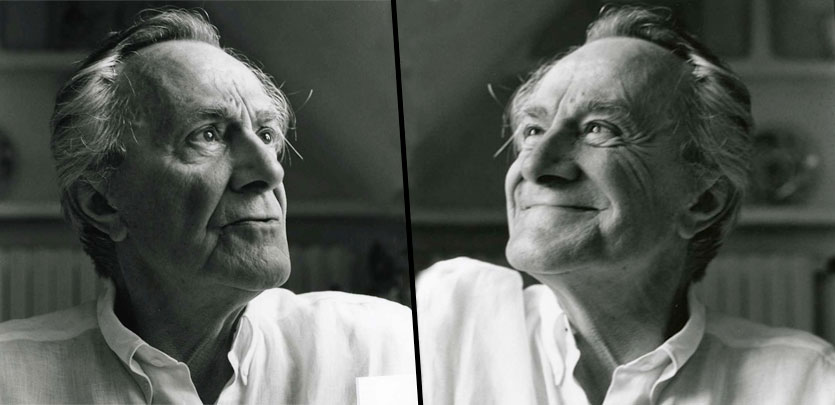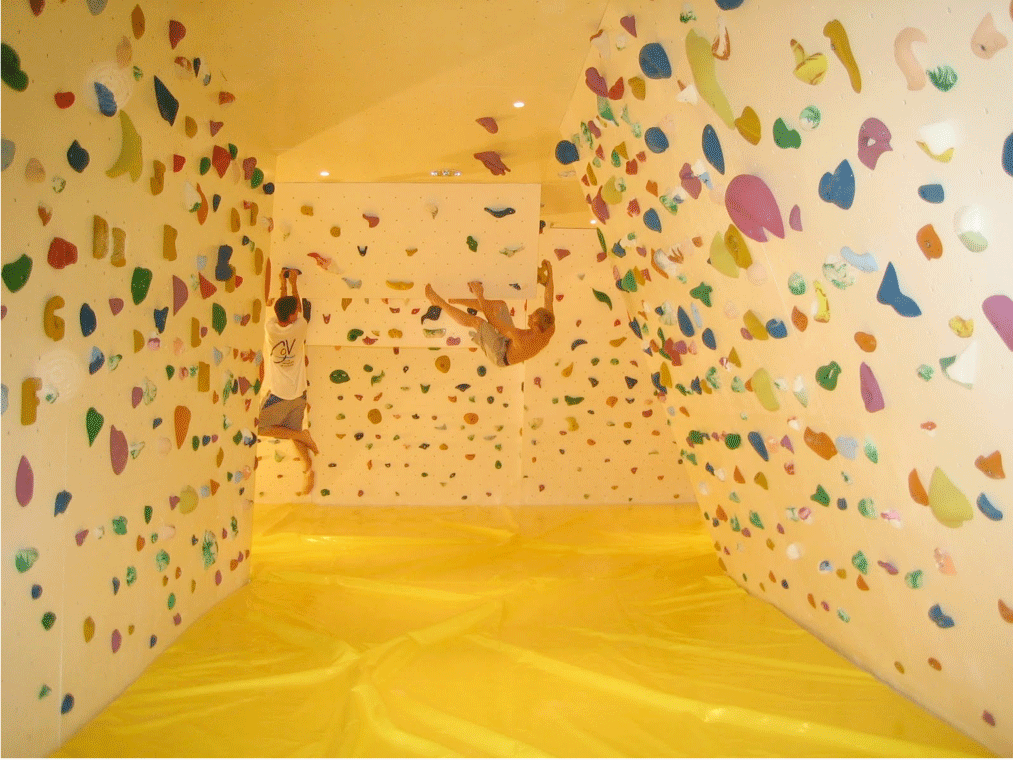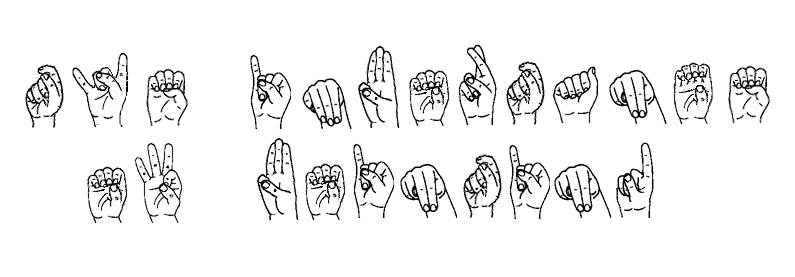-
Design sprints – what I’ve learned at the BBC
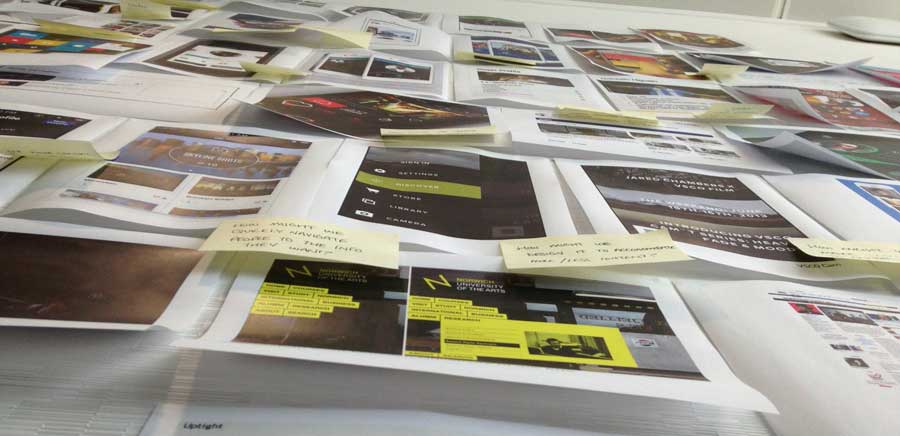
As a user experience architect at the BBC I get involved in lots of different types of design projects. This year our team has been experimenting with a way of developing ideas using a method called ‘design sprints’. Inspired by Google Ventures (and described here), we’ve been exploring how we can use this approach to…
-
Trends for 2014 – Storytelling in UX design

After reviewing submissions for IA Summit 2014 it occurred to me that this might be a good opportunity to think about trends for the coming year. This is the final trend, and probably not so much a trend as the way I like to think about the world generally, but it helps out at work too.…
-
Motivation and need in experience design

The shape of experiences are defined by the time and spaces they occupy, and even Doctor Who knows that moving through time and space requires energy. But real people don’t have two hearts and a TARDIS to push them forward through the space and time of the experiences we design. Real people are either pushed…
-
Hick’s Law – a matter of choice

Bill Hicks has obtained legendary status in the world of stand up comedy. At least part of this is probably down to the fact that he died young. There are recordings of Hicks, but relatively few. We don’t have much on which to build a picture of who he was, but what we have is…
-
Choice, scarcity and motivation in information architecture
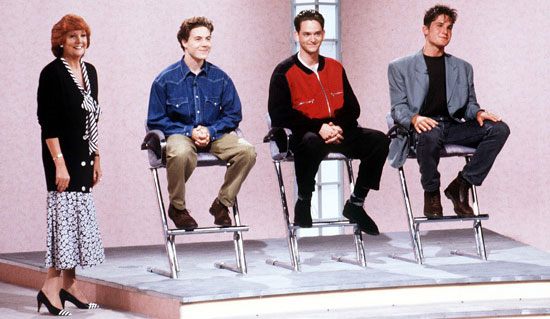
I love choices. But like most things, they suffer from the law of diminishing returns, or more accurately the laws of ‘diminishing marginal utility.’ The web of today (and tomorrow) is a web of choice. Almost limitless storage and the ease of publication means that there is more and more content out there to choose…
-
Using stories in user experience architecture
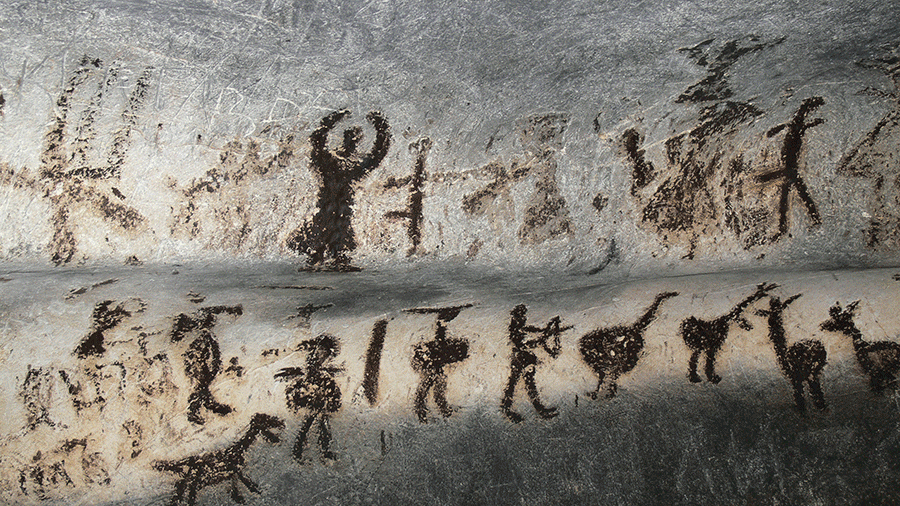
There are lots of things to focus on when you’re designing something. I think there are three layers of abstraction to most digital design challenges. The simplest is the interface – deciding what things look like. Interaction design turns 2d designs into something with both form and function. But there is another layer – the…
-
Trajectories at the BBC – after two days*

Steve Benford describes Trajectories as offering a new way of thinking about the design of extended user experiences. I think the more ways we have to think about the design of experiences the better. Structured methods for interrogating the result of our designs forces us to move our focus from the design of objects to…
-
Heuristics isn’t a dirty word
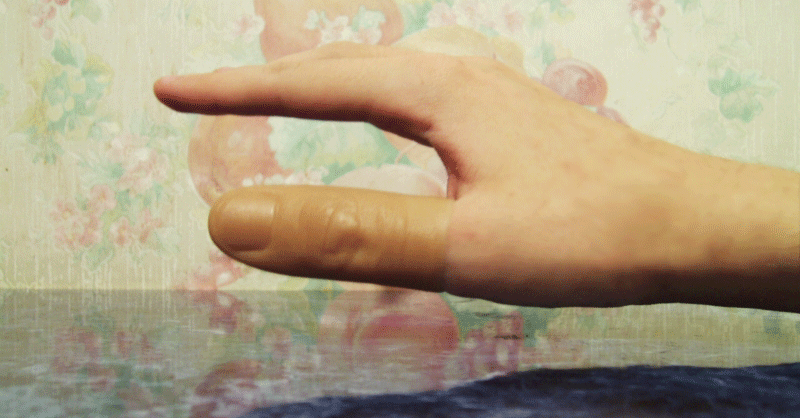
Jargon annoys me. Especially when someone tries to “namify” a process in a way that seeks to own and obscure the method rather than reveal it. I’d love to find it funny and be flippant that professional practise gets obscured by jargon. But too often giving a name to a process implies that the thing…
-
What did linked data ever do for us anyway?
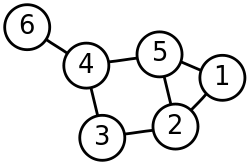
I’ve recently written about navigation, user journeys and content, and I haven’t really mentioned linked data all that much. That’s a shame. Because linked data is the super-structure over which content is stretched and experiences flow. Linked data can power the online journeys of the future. It can switch our taxonomic thinking into ontological thinking.…
-
Learning online

One size fits all? Motivation in learning can be enhanced by setting clear expectations and defining a direction of travel, creating a sense of where you are going and how far into the ‘ideal’ journey that you are. But the ‘ideal learning journey’ will vary depending on who you are. Learning has a lot to…

